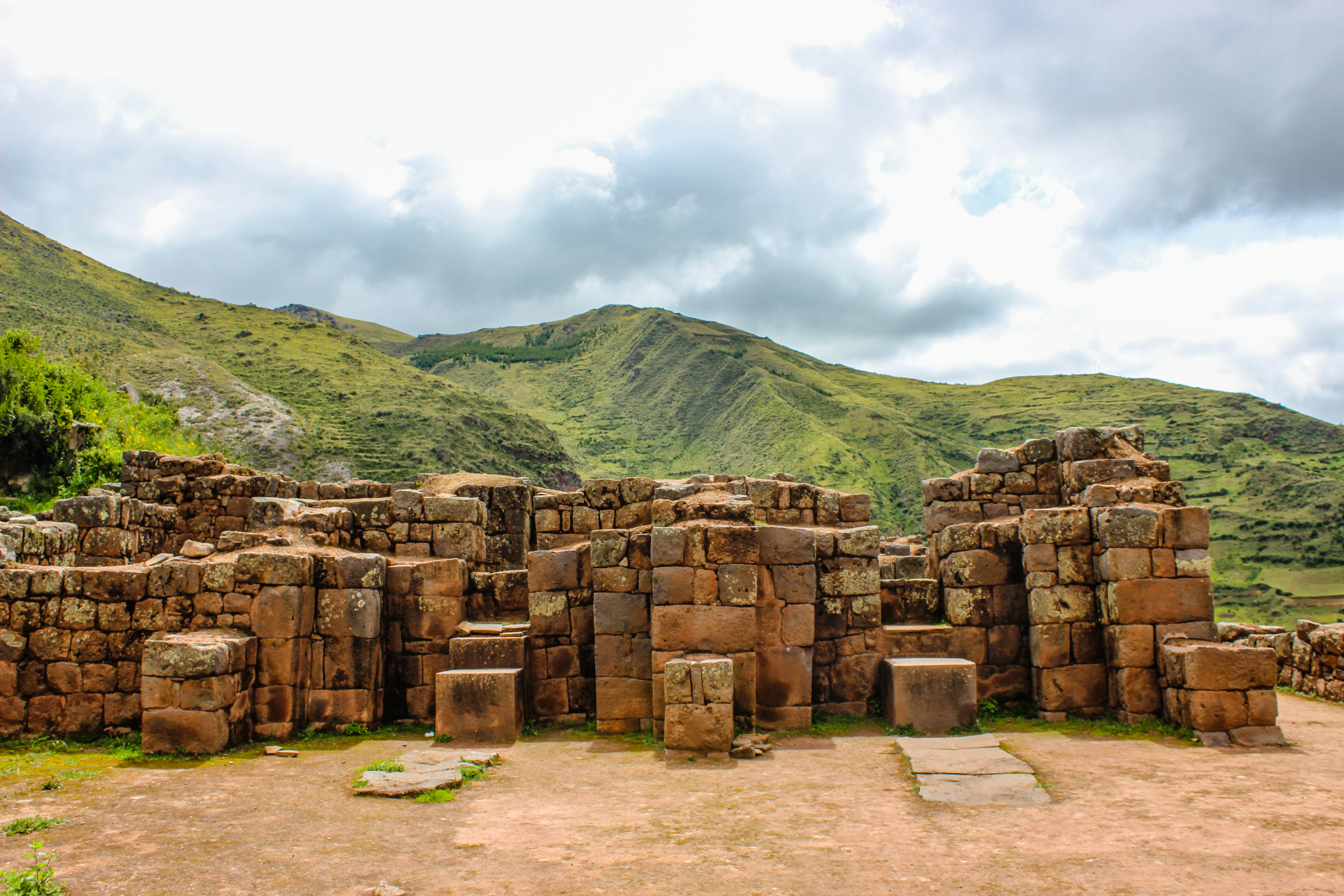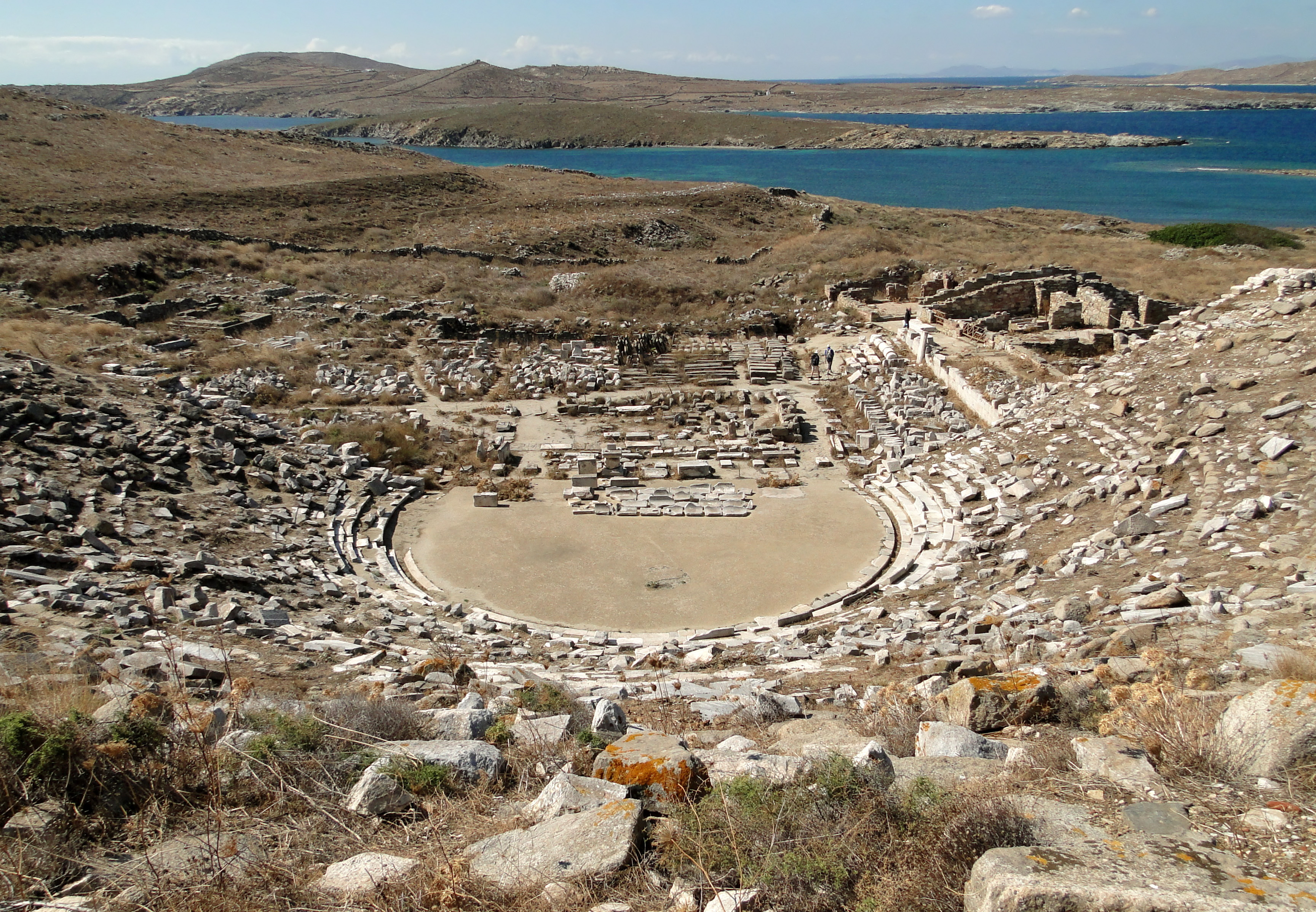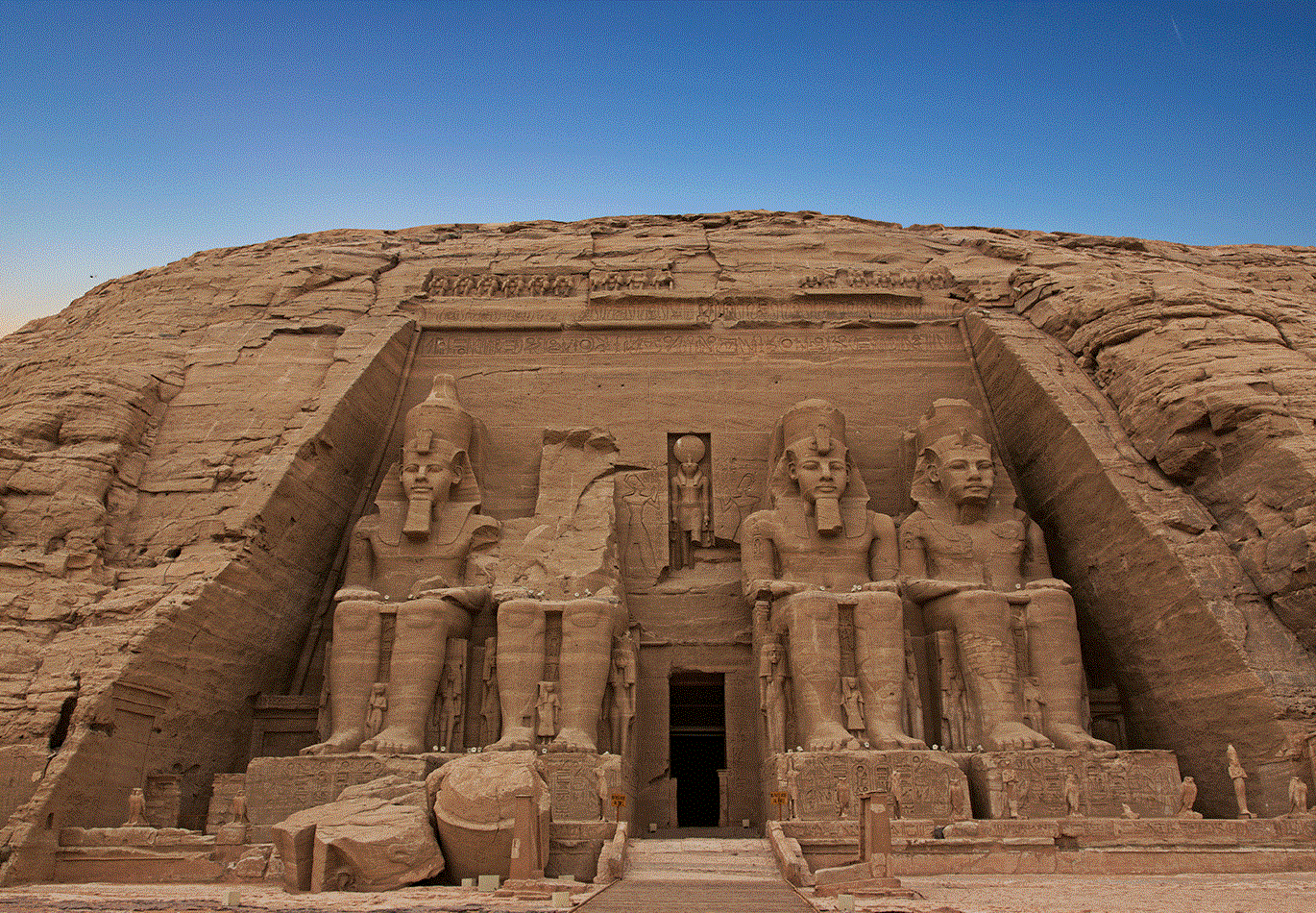Archaeology holds all the keys to understanding who we are and where we come from.
Sarah Parcak
Ever been to an incredible site while traveling and bring it up when you come home only to have people say “Huh? Never heard of it”? Me too. On the bright side, that’s a wonderful thing in my opinion.
Going places you’ve never heard of until recently or none of your friends or family have any idea exists is never a bad thing. It opens your eyes to a lesser known part of the world that (usually) deserves just as much, if not more, attention than the main tourist attractions.
When I came back from Peru, everyone asked about Machu Picchu and I could visibly see them shut down after I started talking about the other sites simply because they had never seen them. That’s when I broke out the pictures and blew everyone’s minds. I want that same feeling for you.
By the way, I’m an archaeologist, or it’s just one of my several jobs. That’s why I chose archaeological sites instead of another type of attraction. Got any questions about that or history/archaeology in general? Drop me a comment or shoot me an email!
Now go out there and explore!
Tipon, Peru
What: Tipon is an early 15th century Incan site in Peru. It features several agricultural terraces that are irrigated by a natural spring that runs through the incredibly designed irrigation system the Incans designed.
Where: Located just 30 minutes from Cusco, Tipon is a fantastic half day trip situated partly up the mountain range that dominates the area.
Why: If the views alone were more well-known, Tipon would be overrun with tourists. When we visited, we couldn’t figure out why more people weren’t visiting. The views are spectacular, the cost is extremely low, and the best part of all it was nearly deserted. We shared the entire site with a handful of people, half of whom worked there.
Kenilworth Castle, England
What: It might not be in perfect condition, but who cares!? Kenilworth Castle was my all time favorite castle I visited while living in England. The castle began it’s long history as a medieval fortress and eventually became an Elizabethan palace. A tower was even built to woo Queen Elizabeth I.
Where: Kenilworth is a small town a little over an hour from London by train. You can take a bus to the castle itself or take a beautiful walk through town. I suggest a bit of both.
Why: If history gets your fires burning, you’ve come to the right place. The entire site has been partially or fully excavated and most of the castle is fit to be explored. The gatehouses have been turned into a museum and archaeologists have recreated the garden to the best of their abilities based on seed analyses.
Delos, Greece
What: If bigger is better is the motto you travel by, Delos is the right place for you. As one of the world’s largest archaeological sites, it is sure to please. It was first established as cult center, it flourished with its abundance of natural resources. It later gained even more importance and renown after becoming the birthplace of Apollo and Artemis as well as Zeus’s sanctuary.
Where: Delos is an island situated near Mykonos.
Why: Many archaeological sites have their best artifacts carted all over the world and are rarely seen in one space. Not so for Delos. Statues of lions still line certain areas, mosaics dot the site, and many statues (whole and crumbling) stand in their original spots. The Archaeological Museum of Delos houses the largest collection of Greek artifacts in the world. Also don’t miss out on the theatre or the Temple of Isis.
Abu Simbel, Egypt
What: The two temples were carved out of the mountainside during the reign of Ramses II in the 13th century B.C. They were built to serve as an eternal monument to the pharaoh and his queen, Nefertiti. The site where the temples rest today was not their original location. They were moved before the creation of Lake Nasser. Otherwise, they would be underwater today.
Where: The temples are located near the town of Abu Simbel along the bank of Lake Nasser, near the border with Sudan.
Why: Over several thousand years, the temple fell into disuse and was eventually covered by sand until its rediscovery in 1813. The most striking reason to visit are the colossal statues at the entrance of the temple depicting Ramses II himself. Several smaller statues can be found near his knees depicting his wife, mother, and sons. While the great temple is the biggest attraction, be sure not to miss the smaller temple and the interior of both temples which house statues and bas-reliefs of chariot races, battles, and so much more.
Bagan, Myanmar
What: Over 2,000 domed temples dot the landscape of this incredible and ancient city. Bagan rose to fame as the capitol of the Pagan kingdom from the 9th-13th centuries. In its heyday, the city boasted over 10,000 Buddhist temples, pagodas, and monasteries.
Where: Mandalay region of Myanmar
Why: See it while you can. The temples sit inside an active earthquake zone which has deteriorated many of the temples. While most have been repaired, not all were reconstructed as closely to the original structure as possible. This site is breathtaking in its enormity alone. Exploring such an ancient site without throngs of tourists is something that makes me want to buy a plane ticket right now.
*Note* always be aware of political issues occurring wherever you may be traveling. This country has seen a lot of upheavals, however, their tourism industry is continually growing and their sites deserve to be seen!



















One of the coolest travel experiences I’ve had was in Dmanisi, Georgia. My former professor was working on the dig there, and he let me go down in the pit with the oldest hominins outside of Africa!
LikeLike
I’ll have to add that one on the next post! That’s such an amazing experience!!!! I never got to dig or visit a site with anything that old…at least not yet. I’m glad you got to do that!
LikeLiked by 1 person
It was really amazing! I’m not a professional, but still. SO OLD
LikeLiked by 1 person